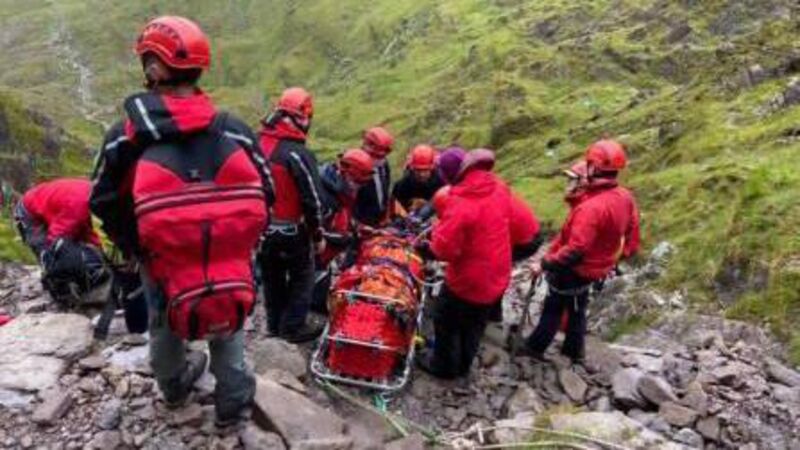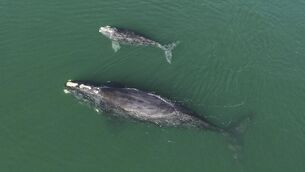Increase in mountain rescues puts pressure on volunteers

Mountain rescue: Any request for emergency assistance in the upland and mountainous areas on the island of Ireland is met by a volunteer response from one of the 11 mountain rescue teams that compose Mountain Rescue Ireland. These teams are on standby 24/7/365 to respond to requests for assistance and are tasked through the 999/112 emergency phone system
Descending from the summit of Carrauntoohil about 25 years ago, I had my first encounter with a mountain accident. From the unforgiving heights of Primroses Ridge — the most challenging ridge on the mountain — came the successive three blasts of a whistle that indicated someone was in trouble. A climber had been hit by a rockfall and was unconscious.
This was clearly a job for a rescue team and, surprisingly for those times, a couple of our party possessed mobile phones that actually worked. Within a little over an hour, Kerry Mountain Rescue Team was on the scene and soon after, two of their members had ascended the unforgiving rocky ridge to reach the climbers. From here, they guided a helicopter that winched the climbers to safety and a full recovery in hospital. This constituted the first ever successful airlift from the Northeast face of Carrauntoohil.








